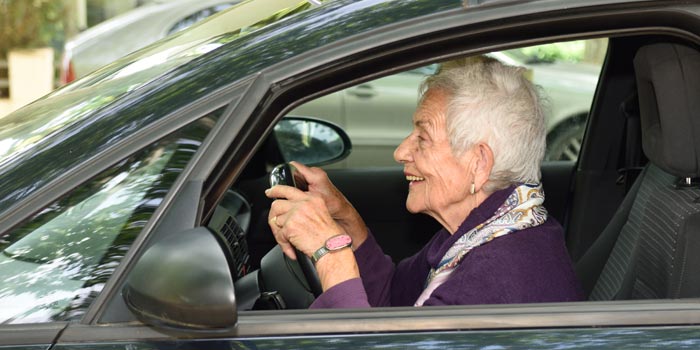NOTE: We understand that sometimes Dad’s keys need to be taken away, too. Rather than using the “he or she” pronoun replacement, we have adopted the feminine form for the sake of simplicity.
Taking away your mom’s car keys is a difficult and sensitive decision. Driving is a symbol of independence and freedom for many seniors and losing that privilege can be very upsetting.
However, if your mom’s driving has become unsafe due to health conditions, medications, vision problems, or cognitive impairment, you may need to intervene for her own safety and others on the road.
On the other hand, some seniors may be able to continue driving safely despite health conditions or medications. If your mom is a good driver with no accidents or traffic violations, then she may be able to continue driving safely. You should also consider whether she has good support from family or friends who can help her with transportation if needed.
The National Highway Traffic Safety Administration (NHTSA) compiled a list of things for
family members to look for when the question arises of whether an elderly driver may need to stop driving:
- Drifting into other lanes.
- Straddling lanes.
- Making sudden lane changes.
- Ignoring or missing stop signs and traffic signals.
- Increased confusion while driving in traffic.
- Braking or stopping abruptly without cause.
- Accelerating suddenly without reason.
- Coasting to a near stop amid moving traffic.
- Pressing simultaneously on the brake and accelerator pedals while driving.
- Difficulty seeing pedestrians, objects, and other vehicles.
- Increasing levels of anxiety while driving.
- Driving significantly slower than the posted speed limit or general speed of other vehicles.
- Backing up after missing an exit or turn.
- Difficulty reacting quickly and/or processing multiple stimuli.
- Problems with back/neck flexibility and turning to see traffic/hazards around the car.
- Getting lost or disoriented easily, even in familiar places.
- Failing to use turn signals or keeping signals on without changing lanes.
- Increased “close calls” and “near misses.”
- Receipt of two or more traffic citations or warnings in the past two years.
- Dents and scrapes on their car or on surrounding objects where they drive and park at home, such as fences, mailboxes, garage doors and curbs.
Should you reach the decision that her safety (and others) is compromised by continuing to drive, the hard part begins.
In the next article in this series, we will discuss “the conversation” and how to achieve the objective with the least amount of heartache and anxiety.



